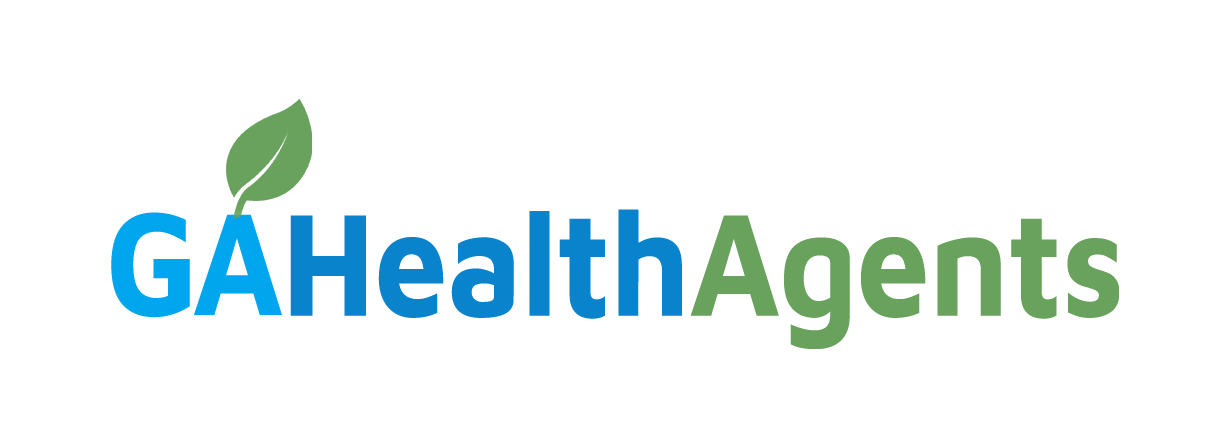What is a Health Savings Account?
A Health Savings Account is a portable, tax-favored savings account combined with a qualifying high deductible health plan (HDHP) that allows you to fund health care expenses with pre-tax money. Your deposits to a Health Savings Account reduce your taxable income, and withdrawals are never taxed as long as funds are used to pay for qualified medical expenses.
HSAs are similar to IRAs, but even better:
- Pre-tax money is deposited each year into an HSA and can be easily withdrawn at any time with no penalty or taxes to pay for qualified medical expenses. Withdrawals can also be made for non-medical purposes, but will be taxed as normal income and are subject to a 10 percent penalty if done prior to age 65.
- Any HSA funds not used each year remain in the account (no “use it or lose it”), and earn interest tax-free to supplement medical expenses at any time in the future.
- Like an IRA, the account belongs to you, not your employer. But unlike an IRA, your employer CAN contribute to your HSA.
How Health Savings Accounts Work
HSAs allow you to avoid federal income tax by saving up to $3,100 for singles or $6,250 for families, into your HSA account. There is no minimum deposit, but whatever you deposit into your account by April 15th is an “above the line” tax deduction for the previous year’s income taxes, and the money is still yours to spend tax free, as long as you spend it on qualified medical expenses.
PPO Plan vs HSA Plan
Because HSAs must be paired with a high-deductible health plan, your health insurance premiums are normally much lower than a typical PPO plan with a $500 or $1,000 deductible. The savings from the lower premiums along with the tax-free deductions could be $5,000 or more every year. However, with an HSA, you may have a higher major medical deductible, and you won’t enjoy office visit and prescription co-pay benefits typical of PPO and HMO plans. Still, for the large majority of consumers, HSAs produce a net financial gain. Consider these HSA Advantages over PPO Plans:
- Reduced health insurance premium
- Reduced rate of increase in health insurance premium
- Taxable income reduced by HSA deposits
- Out-of-pocket health care expenses paid with pre-tax funds
- Enhanced preventive care benefits
- A new source of long-term savings
Example of HSA Plan Savings
Below is an example comparing how much a typical PPO plan with a $500 deductible and 80% coinsurance might cost, compared to a typical HSA plan with a $2200 family deductible and 100% coinsurance. This example is based on the average health insurance premium of an individual with a family of four living in Chicago, with $1700 in medical expenses and $450 in expenses for dental care, contacts and eyeglasses. This illustrates the difference in plan costs if the plan holder is in a 28% federal tax bracket, pays the 3% Georgia state income tax, and deposits $5,800, the maximum 2008 contribution allowed, into his HSA.
| Average PPO Plan | Average HSA Plan | |
|---|---|---|
| Premium paid (annual) | $12,100 | – $7,100 |
| Your share of medical expenses | $740 $500 deductible $240 coinsurance | – $1,700 |
| Non-covered expenses | $450 | – $450 dental and eye wear expenses |
| Pre-tax expenses | = – $13,290 | = – $9,250 |
| Federal tax savings | + $0 | + $1,624 ($5800 x .28) |
| State tax savings | + $0 | + $174 ($5800 x .03) |
| Net expenses | $13,290 | $7,452 |
| Total net savings | n/a | $5,838 |
HSA Contribution Limits
The maximum funding limits and minimum deductible for HSAs are set by the IRS each year and are as follows:
| 2018 | 2017 | Change | |
|---|---|---|---|
| HSA contribution limitThe max amount of $ you can contribute per year | Self-only: $3,450 Family: $6,900 | Self-only: $3,400 Family: $6,750 | Self-only: +$50 Family: +$150 |
| HSA catch-up contributions (age 55 or older)* | $1,000 | $1,000 | No change** |
| HDHP minimum deductiblesHDHP stands for a high deductible health plan, so a plan that has these at least this high of a deductible. | Self-only: $1,350 Family: $2,700 | Self-only: $1,300 Family: $2,600 | Self-only: +$50 Family: +$100 |
| HDHP maximum out-of-pocket amounts (deductibles, co-payments and other amounts, but not premiums) | Self-only: $7,350 Family: $14,700 | Self-only: $7,150 Family: $14,300 | Self-only: +$200 Family: +$500 |
| * Catch-up contributions can be made any time during the year in which the HSA participant turns 55. ** Unlike other limits, the HSA catch-up contribution amount is not indexed; any increase would require statutory change. | |||
Ready to shop HSA Plans?
Check out our list of eligible health plans, and then hit get quotes to find the right HSA for you.
Not Sure Which Policy Is Right For You?
Frequently Asked Questions:
